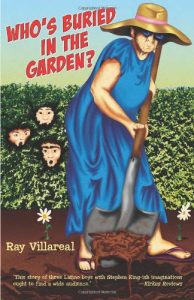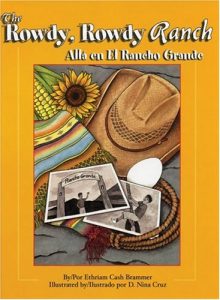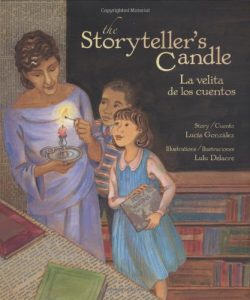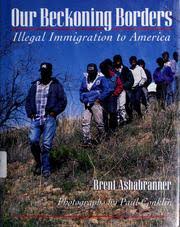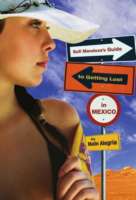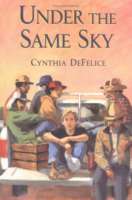
A teenager discovers racism and romance on his father’s farm. For his fourteenth birthday, Joe Pedersen wants a motorbike that costs nearly a thousand dollars. But his mom says the usual birthday gift is fifty dollars, and his dad wants Joe to earn the rest of the money himself and “find out what a real day’s work feels like.” Angry that his father doesn’t think he’s up to the job, Joe joins the Mexican laborers who come to his father’s farm each summer. Manuel, the crew boss, is only sixteen, yet highly regarded by the other workers and the Pedersen family. Joe’s resentment grows when his father treats Manuel as an equal. Compared with Manuel, Joe knows nothing about planting and hoeing cabbage and picking strawberries. But he toughs out the long, grueling days in the hot sun, determined not only to make money but to gain the respect of his stern, hardworking father. Joe soon learns about the problems and fears the Mexicans live with every day, and, before long, thanks to Manuel, his beautiful cousin Luisa, and the rest of the crew, Joe comes to see the world in a whole different way.In her sensitive new novel, Cynthia DeFelice explores our dependency on migrant workers and simultaneous reluctance to let these people into our country and into our lives.


